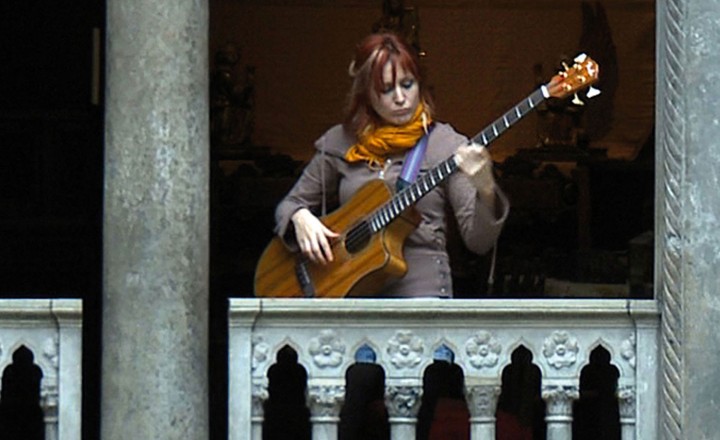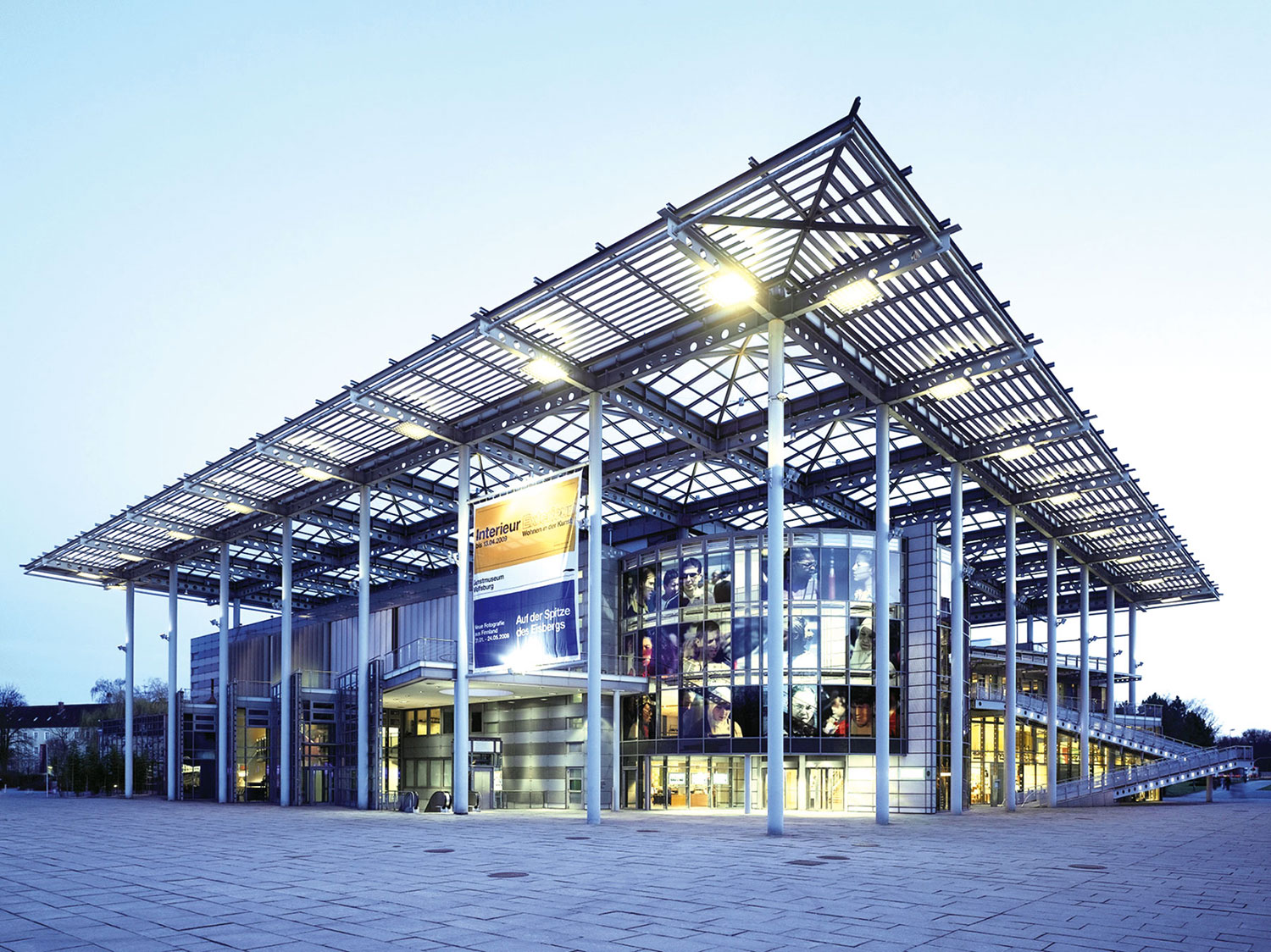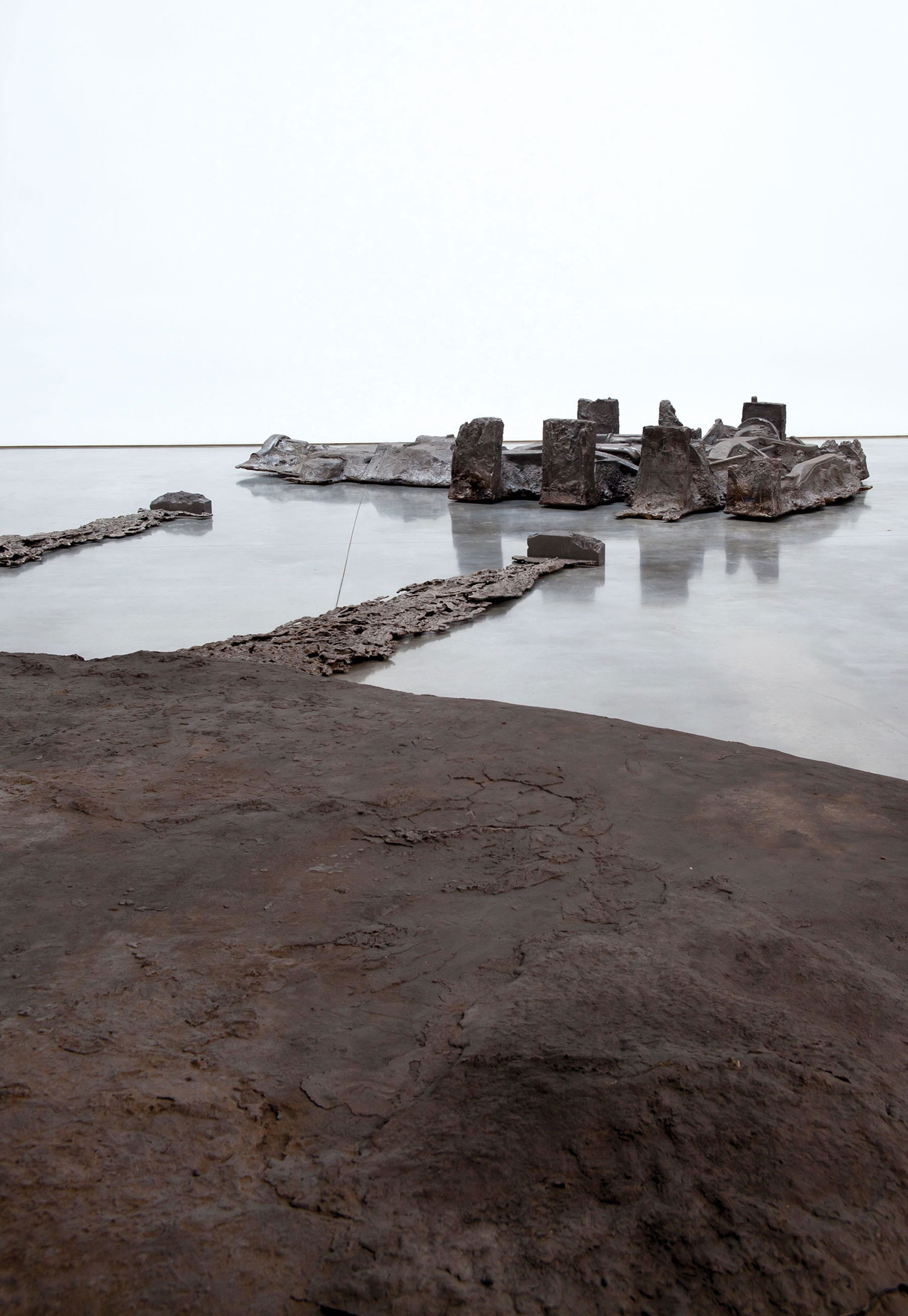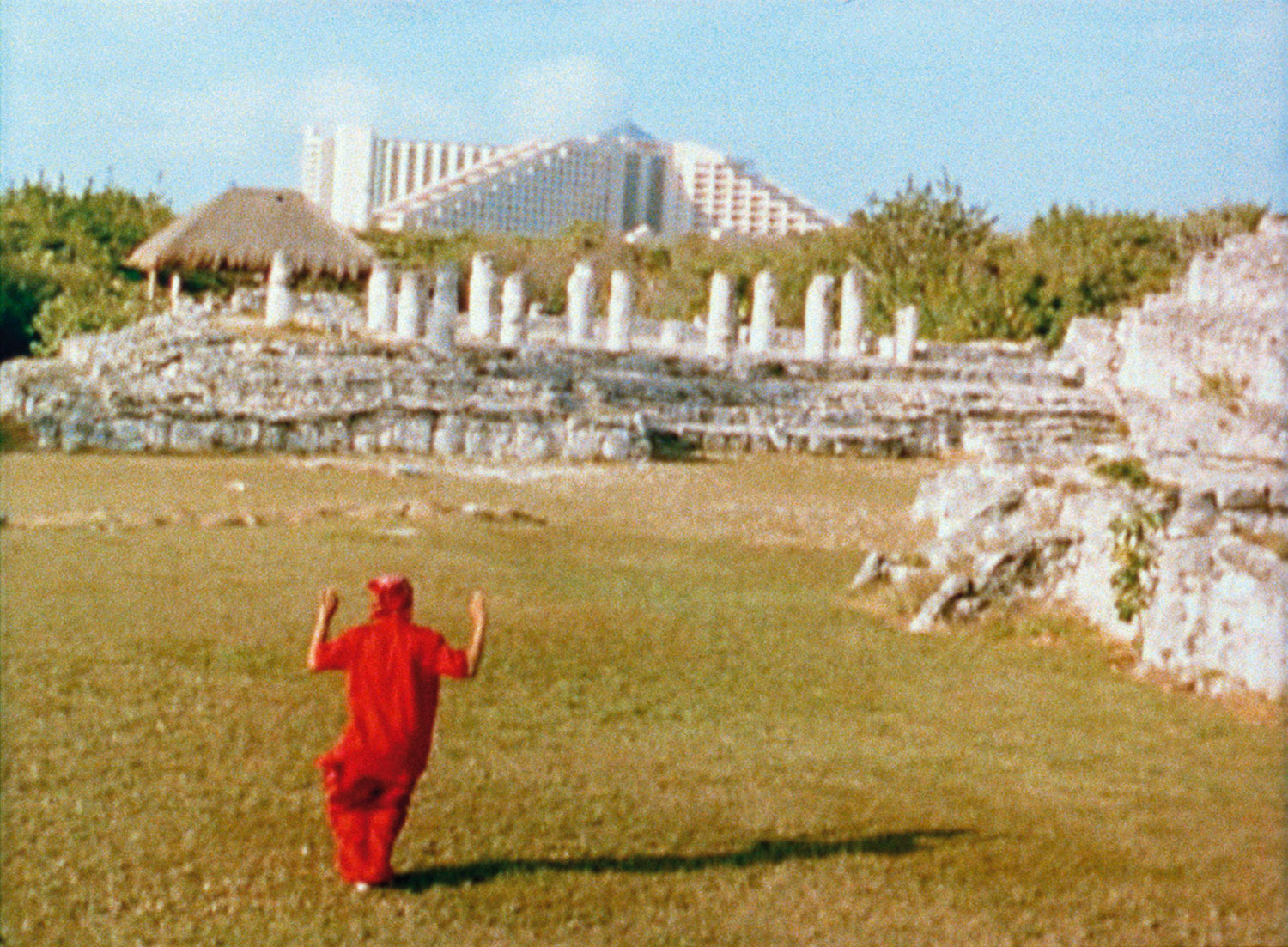
Ana Prvacki’s practice corresponds to the late-capitalist service economy by mimicking its patterns of production, distribution and consumption, but with a twist. Her strategic interventions consist of creating services that are not consumerist in nature — they aim to better one’s life via small utopian actions. Music often plays an important role in these actions, as when Prvacki’s service is to eliminate pain. In one series of actions, the artist played the flute to generate saliva. Through a simple alchemical process, the saliva was collected and transmuted into a special, music-derived painkiller.
Prvacki’s performance Wandering Band (2010) included vocalists and musicians armed with portable wind, string and brass instruments who strolled around New York’s High Line. The artist conceived a work in which musicians would perform their daily practice of scales and tonal exercises while mingling with passersby along the meandering paths of the elevated promenade. This music performance was initially set in motion by the artist, who participated by playing a flute. Then it developed into a complex choreography of encounters between musicians and the audience that resonated across the urban space of the High Line. What is unique about this performance is not only its unpredictability, but its conscious negation of the idea of a center. Wandering Band has never been performed together in one unified space — it is truly dispersed. Consequently, there is no unique vantage point for experiencing it. The experience is truly democratic in a way that performance art has sought since the ’60s. In site-specific synchrony with this hugely popular addition to the city, the piece reverberates with the Situationists’ notion of dérive, which was, like Prvacki’s performance art, anti-consumerist at its core.
Prvacki orchestrated a similarly drifting dynamic in a museum context in Performing Daily Practice (2010), exhibited at the Isabella Stewart Gardner Museum in Boston. The work focused on creating different soundscapes in collaboration with groups of local musicians and singers. The artist first experimented with this form in 2008 at the Castello di Rivoli in Turin. An important aspect of this practice is Prvacki’s inclusion of local musicians. In Boston at the Isabella Stewart Gardner Museum, she invited composer Neil Leonard of the Berklee College of Music to collaborate on a sound piece with four of his graduate students. For a period of several months during the fall, they performed their daily practice routines in the galleries once a week — including in the morning before the museum opened its doors to the public. Prvacki’s concept was to invite these students to “practice” — to perform informal scales, tonal exercises, trills, etc. while roaming the galleries and exploring the visual and acoustic environment of the museum. This atmospheric piece transcended the notion of “background”; as museumgoers encountered performers, their awareness of the body as the site of music’s production was heightened. According to the artist, “the Isabella Stewart Gardner Museum is an enormous instrument that can be played in many ways, or as a stage, a succession of galleries forming a lyrical set.” Once again Prvacki’s art proves to be non-hierarchical. There is no ideal visitor or ideal way to experience it — drifting offers infinite possibilities.





